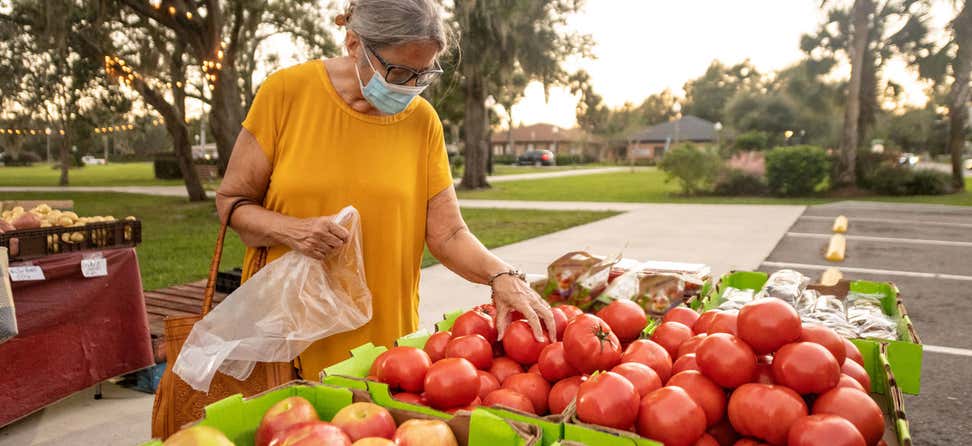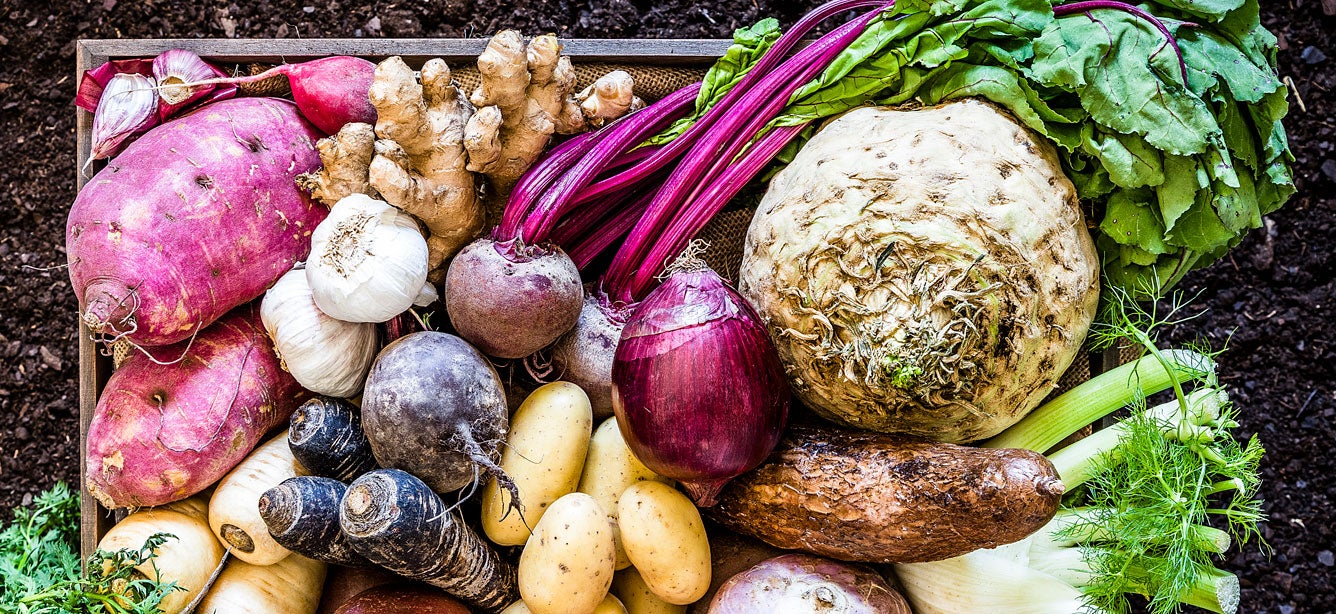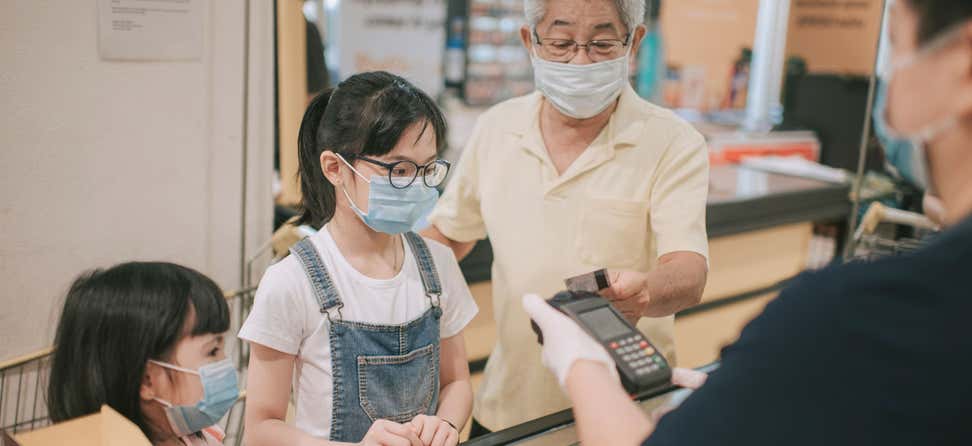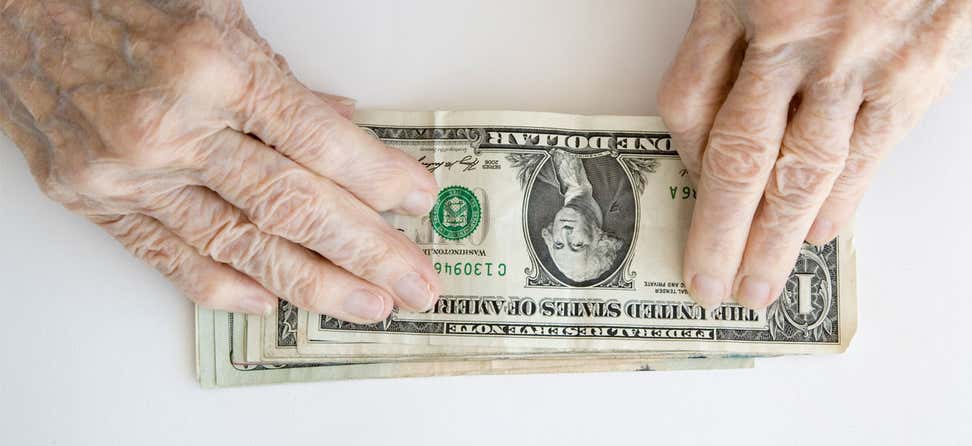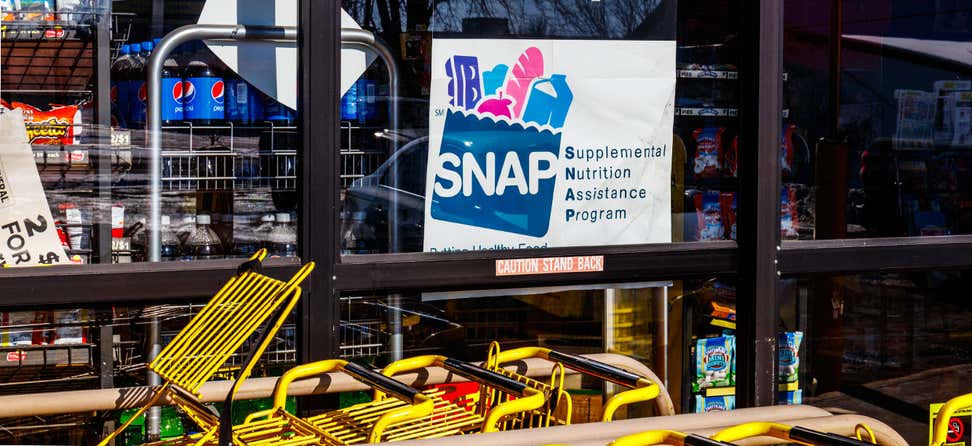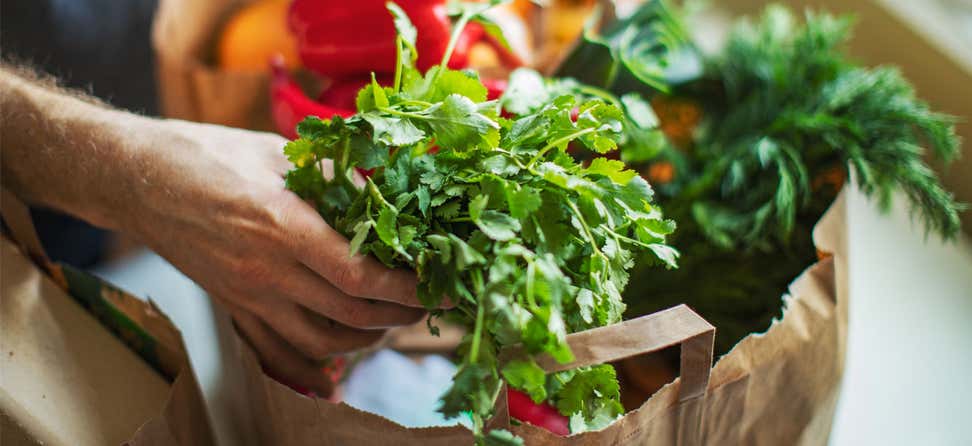Key Takeaways
If you receive food assistance through the Supplemental Nutrition Assistance Program (SNAP), you've likely seen a 15% increase in your benefits.
Many older adults need more than the average $104 per month SNAP benefit. The American Rescue Plan is extending the emergency 15% increase through September 2021.
After the increase expires, here are some tips that you or a loved one can take to help maximize your benefits well into the future.
Older adults who receive food assistance through the Supplemental Nutrition Assistance Program (SNAP/Food Stamps) will see a 15% increase in their benefits through September 2021, as a result of the American Rescue Plan.
But what happens when these extra benefits expire? Here are some tips that you or a loved one can take to help maximize your benefits well into the future.
Check if you’re eligible for other food assistance programs
SNAP is the nation’s largest food safety net program, but millions of older Americans who are eligible to get help are not enrolled in SNAP. For people aged 60 and older, or those with disabilities, there are special rules to apply for SNAP that look at NET, not gross, income (that is, income left after many deductions are made).
But SNAP isn’t the only food benefit. There are a few other programs that help older adults pay for food:
- The Senior Farmers’ Market Nutrition Program provides you with a coupon booklet that can be used to buy fresh vegetables, fruits, honey, and herbs. You can use the coupon booklet at local farmers’ markets and outdoor stands. You may get help from this program if you are 60 years of age or older and have limited income. However, this program is not offered in every state or every area within states. It also may only be available at certain times of the year. Find contact information about the program in your state.
- The Commodity Supplemental Food Program provides you certain foods at no cost. The purpose of the program is to promote good health. If you meet the program guidelines, you can get a 40-pound box of food each month. The types of food you can get may include canned fruits and vegetables, canned meats (includes canned beef, pork, and beef stew), pasta or rice, dry beans or peanut butter, fruit juices, dry cereals, cheese, and powdered and canned milk.
You can find out if you can get help from any of these programs using NCOA’s free online tool BenefitsCheckUp®. BenefitsCheckUp also helps you see if you are eligible for home delivered meals and locate what food banks are open in your area.
See if you can deduct medical expenses
SNAP has special rules for households with an adult age 60+ or a person living with disability. When these individuals apply for SNAP, the local SNAP agency applies several deductions from their income to see if they qualify. One of those deductions is for excess medical expenses.
If an older adult or person with a disability spends more than $35 each month out of pocket for their medical expenses, this can be deducted from their income, which can mean a larger SNAP benefit amount.
Medical expenses can include many things, such as prescription drugs, dentures, hearing aids, prescription eyeglasses, and unpaid Medicare costs, such as co-payments at the doctor’s office. Your state may also allow additional deductions, such as for medically prescribed alternative therapies (e.g., acupuncture) or transportation to medical appointments. Check with your local SNAP office for more information and assistance.
Look for Double Dollars at farmers’ markets
Many farmers’ markets around the country have programs to encourage people who receive food benefits to buy fresh, healthy food from local farmers. These programs are sometimes called Double Dollars or Double Your Food Bucks.
Generally, you bring your SNAP card to the information booth at your local participating farmers’ market. You’ll be asked how much money you would like to spend, and the booth attendants will swipe your card for the amount. Then, you’ll be given double that amount in tokens that can be exchanged for food.
Visit your local farmers’ market to see if they participate in the program.
Let your SNAP benefits carry over
SNAP benefits are loaded monthly onto an electronic benefits transfer (EBT) card. But the program does not require you to spend all your SNAP dollars in that month. Most state SNAP programs allow people to carry over the money on the EBT card for several months to up to a year.
This means that if you receive extra money during the pandemic, you do not have to spend it all at once. Likewise, if only receive $20 in monthly SNAP benefits, you may decide to wait several months and spend the benefit when you have $60. You can call your state’s EBT customer service number to find out how much you have remaining on your card.
Finding ways to stretch your food budget can go a long way to help you save money and stay healthy. But what you buy with food benefits is important, too. Our healthy eating tips can ensure you maximize getting the right nutrients every time you shop.


